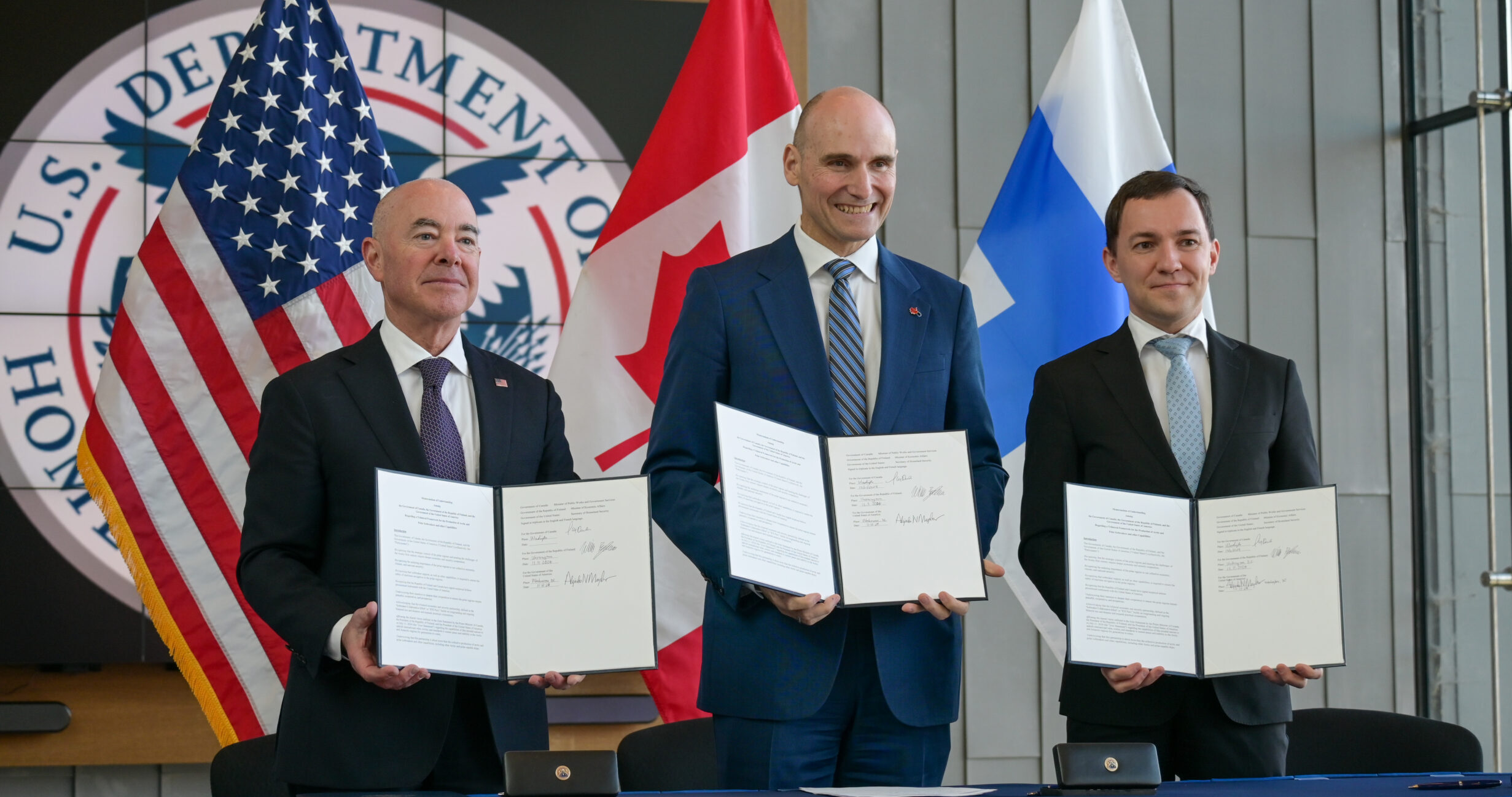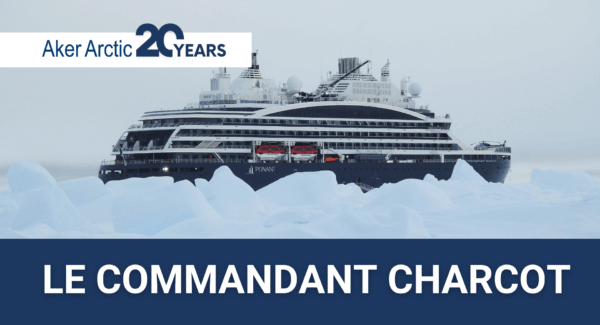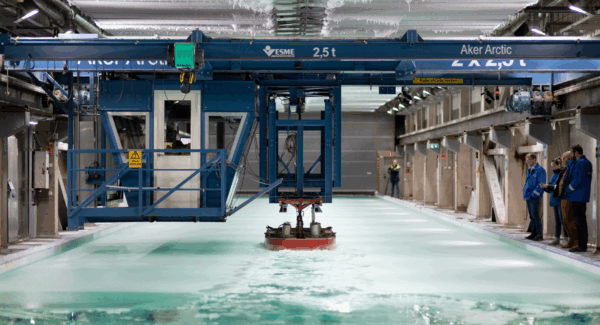ICE Pact formalises collaboration on Arctic icebreakers
In November 2024, the governments of Canada, Finland, and the United States of America signed a Memorandum of Understanding (MOU) establishing a trilateral framework for the production of icebreakers and maintaining Arctic capabilities.

The MOU outlines a jointly developed framework aimed at enhancing the collective ability to design, manufacture, and maintain icebreakers. By fostering information exchange, industrial collaboration, and operational expertise, the agreement seeks to strengthen the icebreaking capabilities of all three nations.
Each participating country recognises the urgent need to modernise icebreaking fleets to ensure a continued presence in the Arctic and Antarctic regions. Increasing the pace, scale, and cost-effectiveness of icebreaker construction is a shared priority to uphold safety and security in these strategically important areas.
Leveraging collective expertise
The agreement enables deeper collaboration within the maritime cluster, facilitating knowledge, and resource sharing that could lead to high-quality job creation in the shipbuilding sector. The ICE Pact is expected to provide stability and long-term support for the participating nations’ shipbuilding industries.
The ICE Pact includes four key components:
- Enhanced information exchange among the United States, Canada, and Finland.
- Workforce development collaboration to strengthen technical expertise.
- Engagement with allies and partner nations to foster broader collaboration.
- Innovation, research, and development to advance icebreaking technology.
National coordination of the ICE Pact
Each country has designated an ICE Pact coordinator to oversee its implementation. In Finland, the collaboration is managed by the Ministry of Economic Affairs and Employment and led by Reko-Antti Suojanen, who has a solid background in the Finnish icebreaking sector.
“Canada and the US face a situation similar to Finland and Sweden, where icebreakers built in the 1970s and 1980s are nearing the end of their operational lifespan,” Suojanen explains.
Icebreakers are unique ships, and the market consists of a limited number of vessels and specialised companies. Finland has succeeded to continue uninterrupted icebreaker design and construction, and Finnish expertise is widely recognised as a global standard in the field.
“All icebreakers around the world rely heavily on Finnish know-how, regardless of construction country, and Finland is therefore eager to support Canada and the US in acquiring modern icebreakers quickly and cost-effectively,” Suojanen emphasises.
Advancing icebreaker acquisition
Suojanen’s role is to facilitate cooperation and address potential challenges, such as Canada’s national content requirements. He believes that the most effective way to develop icebreaking expertise, is through concrete acquisition projects, where clients can observe, oversee, and learn from the process in real-time.
“Ordering icebreakers from Finland would be the fastest and most efficient way for the US to modernise its fleet,” Suojanen highlights.
The Finnish maritime cluster consists of hundreds of specialised companies with extensive experience in the particular components and requirements needed in icebreaker construction. The proximity of these experts to Finland’s shipyards allows for seamless communication, decision-making, and delivery processes, ensuring efficient and timely production.
Meanwhile, Canada’s National Shipbuilding Strategy aims to develop domestic shipyards, particularly for government projects. Canada has already engaged leading industry players, such as Aker Arctic, to support this initiative.
“While political priorities favour domestic shipbuilding, given the current security landscape, expediting icebreaker production should be the top priority for all three nations,” Suojanen concludes.
Text by Catarina Stewen

